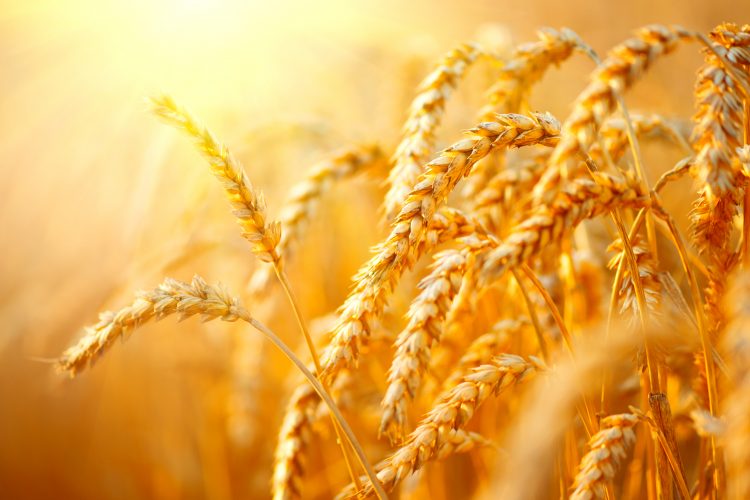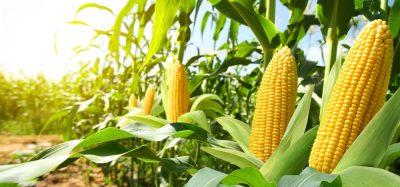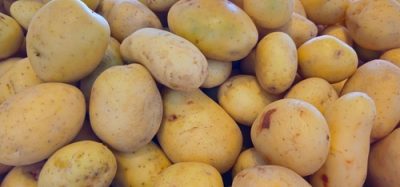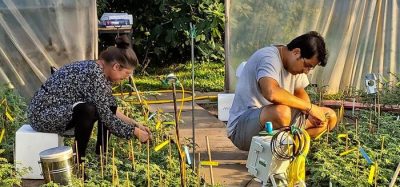Will this new research stop wheat rust in its tracks?
- Like
- Digg
- Del
- Tumblr
- VKontakte
- Buffer
- Love This
- Odnoklassniki
- Meneame
- Blogger
- Amazon
- Yahoo Mail
- Gmail
- AOL
- Newsvine
- HackerNews
- Evernote
- MySpace
- Mail.ru
- Viadeo
- Line
- Comments
- Yummly
- SMS
- Viber
- Telegram
- Subscribe
- Skype
- Facebook Messenger
- Kakao
- LiveJournal
- Yammer
- Edgar
- Fintel
- Mix
- Instapaper
- Copy Link
Posted: 15 March 2022 | New Food | No comments yet
A Saudi Arabian research team has identified a rust-resistant gene in a South African cultivar of bread wheat, which could help prevent wheat rust around the world.


Researchers from the King Abdullah University of Science and Technology (KAUST) in Saudi Arabia have claimed to have assembled the highest quality genome to date for bread wheat, which they hope can provide resistance to rust, a condition which causes tonnes of wheat to be damaged each year.
Pests and diseases result in the loss of one-fifth of the global wheat harvest each year, which is enough to make around 290 billion loaves of bread. Resolving the persistent problem of the fungal rust diseases that attack wheat could help ensure future food security, the researchers state.
KAUST researchers, along with collaborators from South Africa, France and the US, have stated that they have have assembled the highest quality genome to date for bread wheat. This is a key South African wheat cultivar called Kariega, which has robust resistance to stripe rust, one of the three species of wheat rust. Using this genome, the researchers identified and cloned a key gene that confers stripe rust resistance.
“Rust spores are dispersed by winds and can travel thousands of kilometres, meaning new and highly virulent strains spread rapidly,” said Naveenkumar Athiyannan, who worked on the project. “Unlike humans, plants don’t have an adaptive immune system that helps them ‘memorise’ past infections. Instead, their ability to withstand specific diseases is encoded by disease resistance genes.”
“Wheat has a dynamic and complex genome, five times larger than the human genome. This makes it extremely challenging to pinpoint the location of a specific gene,” added Michael Abrouk, another co-author of the study.
According to the research report, the team combined the latest DNA sequencing techniques to assemble the genome, before conducting extensive analysis using molecular markers to identify the exact chromosomal region that confers stripe rust resistance.
“The Kariega assembly allowed us to look in detail at the DNA sequence of this region and identify all possible candidate genes,” said Abrouk, “this step would have taken months or even years in the past.”
The team identified the stripe rust resistance gene as ‘Yr27’, which they then cloned to study the gene function and molecular mechanisms of resistance. In future, the cloned genes could be transferred to cultivars during breeding, and could even be modified to alter a plant’s disease recognition and resistance.
“We were excited to discover that Yr27 is a version, or allele, of a known leaf rust resistance gene,” said Athiyannan. “Now that we know the exact sequences of both alleles, we may be able to engineer a new version of the gene that recognizes both diseases simultaneously.”
“We’ve developed a fast and cost-effective strategy to clone disease resistance genes. The long-term goal is to clone the 400 resistance genes found in wheat, providing scientists with a real shot at eradicating major wheat diseases,” concluded co-author Simon Krattinger.







